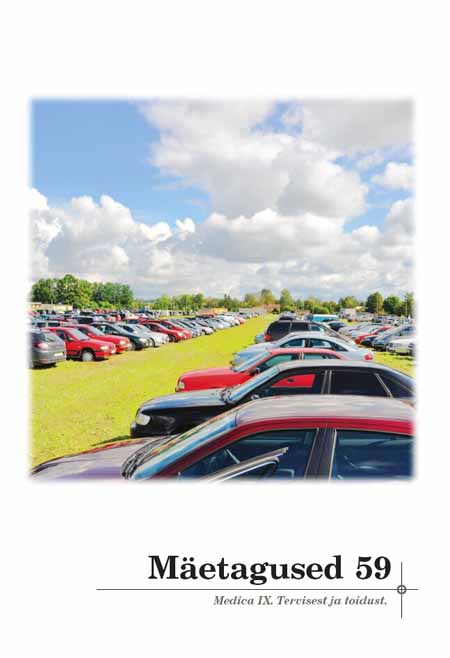Sibul, kadakas ja küüslauk – toidutaimed ja regionaalne toidukultuur Eestis
Onion, Juniper and Garlic: Food Plants and Regional Food Culture in Estonia
Author(s): Ester Bardone, Raivo Kalle, Renata SõukandSubject(s): Customs / Folklore
Published by: Eesti Kirjandusmuuseum
Keywords: garlic; Jõgeva Garlic Festival; onion from Lake Peipsi area; regional food culture; Saaremaa juniper
Summary/Abstract: The article discusses the role of food producers and tourism industry in shaping Estonian regional food traditions. The authors base their study on three regional culinary symbols – onion from the area of Lake Peipsi, juniper from Saaremaa Island and garlic in the focus of Jõgeva Garlic Festival – and analyse the way that a region can define itself, both culturally and economically, by means of a concrete plant. Different regions compete as tourist destinations and food plays an important role in the shaping and marketing of such destinations. Throughout times seeking for authentic experience has been an issue of some significance in tourism. For a tourist, genuine food experience inherent in a particular region could add extra value: food can be consumed on the spot; while eating or buying food one can socialise with local people; food products can be taken back home as culinary souvenirs; photographs taken of the meals eaten during travels can be shared with friends on Facebook, etc. There is a whole range of niche products and services in food tourism: food festivals, wine tasting trips, cooking courses conducted by local chefs, etc. On the basis of the explored examples the authors maintain that food products and food tourism need not be a key to regional development; they rather simply contribute to the development of a certain region. The future of Estonian rural regions, including (small-scale) enterprises, requires complex regional politics on state level. Nevertheless, a consciously chosen and interpreted local food plant could offer opportunities to a region to diversify the product range, strengthen the (culinary) identity of the region, and thereby enhance both cultural and economic survival in the globalising world and global competition.
Journal: Mäetagused. Hüperajakiri
- Issue Year: 2015
- Issue No: 59
- Page Range: 97-124
- Page Count: 28

